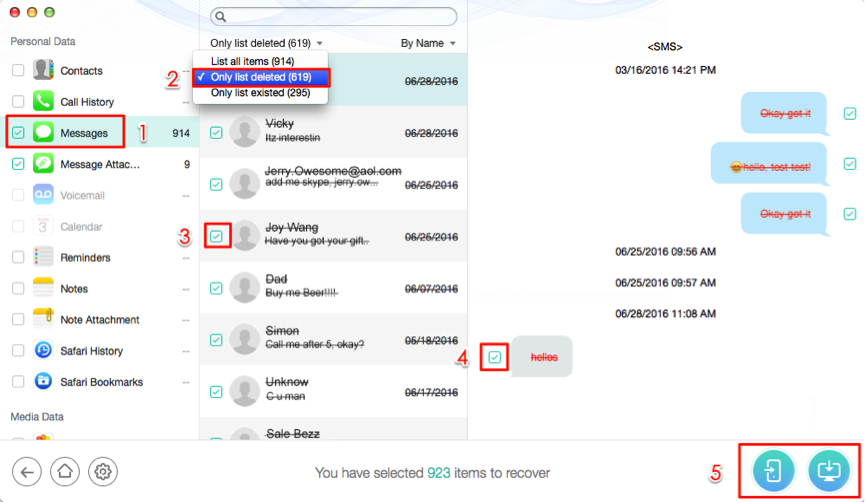Phonerescue Iphone
This post is presented by iMobie, maker of. Your iPhone carries a lot of information, but it’s not a locked box.
PhoneRescue iPhone Data Recovery Software for Windows and Mac Dhvanesh Adhiya Mistaken deletion of your saved photos, text messages, call log or other vital info on your iPhone could be a disaster in your life. PhoneRescue for Android 3.6 and iOS 3.7 macOS Overview. PhoneRescue for Android is an application that lets you try to retrieve lost information and files from any device with an Android operating system. As your iPhone is disabled, you cannot use iOS Repair function because the last step is to restart your iPhone to complete repairing process. We are really sorry for PhoneRescue fails to help you solve problem this time due to this limitation.
Eventually, for one reason or another, you’ll go to find a text thread or photo that you’re sure you kept, except you didn’t. Well, with the right tool, almost any data that was lost can be found again. Unfortunately, data recovery isn’t iTunes’ forte. For finding lost iOS data, you should use an app like. It may be the easiest tool you’ll find to recover lost or deleted data on your iPhone or iPad.
PhoneRescue is a Mac app that promises to work with every type of iOS device,. (There’s a Windows version, too, as well as Mac and Windows versions that work with.) Restore lost texts with PhoneRescue First, choose which of PhoneRescue’s iOS recovery modes is right for you.

Screenshot: iMobie can be really annoying. The good news is that, even if you don’t have backups of your texts, PhoneRescue can find and restore them within just a couple clicks.
Opening PhoneRescue brings you to a welcome screen that includes some key warnings. Make sure you’re not running iTunes, for example, and that no system-cleaning software is operating.
Phonerescue Iphone 6
Afterward, you can recover from an iOS device, iTunes or iCloud, or use PhoneRescue’s iOS Repair Tools. (Turn to the if your iPhone or iPad is stuck on a black screen, white screen, Apple logo or the dreaded restart loop. With two modes, Standard and Advanced, this feature will updated your device to the latest version of iOS, either with all data completely erased not — your choice.) If you haven’t installed apps or run a restore on your phone, recovering from iOS device is the easiest choice. Luckily, when you delete a message, it leaves behind a kind of digital ghost version of itself.

So assuming you haven’t overwritten the data, the texts are still in there. However, if you’ve overwritten data, you’ll probably want to restore from an iTunes backup or iCloud. Once PhoneRescue is running, you decide which types of iOS data you want to recover.
Phonerescue Iphone 6s
Screenshot: iMobie Either way, clicking through brings you to a list of previous backups. From there, a simple menu shows all the kinds of files and data you can restore. Once you select “texts,” for example, PhoneRescue will perform a scan of your backups, then present them like a Finder window, previews and all. You can actually read the text exchanges before restoring them to your phone or computer. Just click the appropriate icon and voila, you’ve got your texts back.